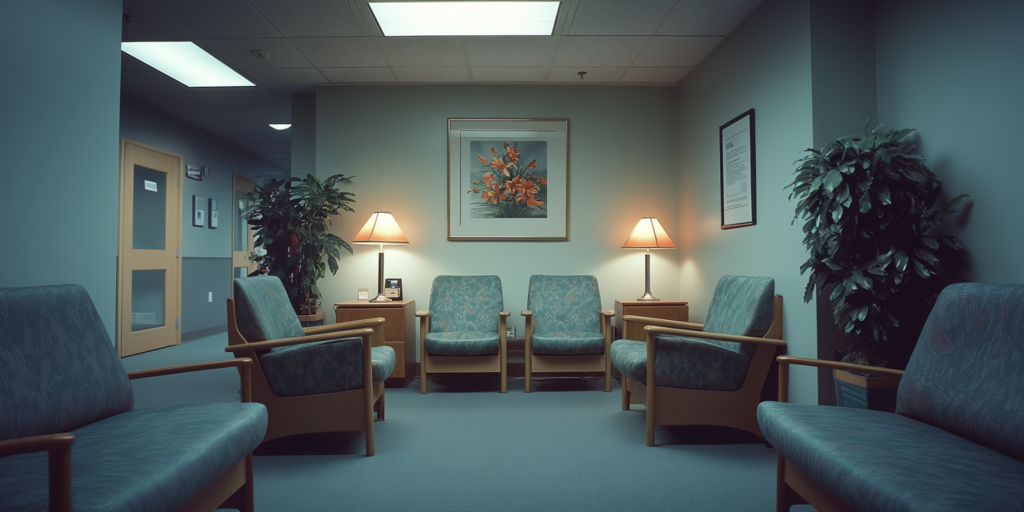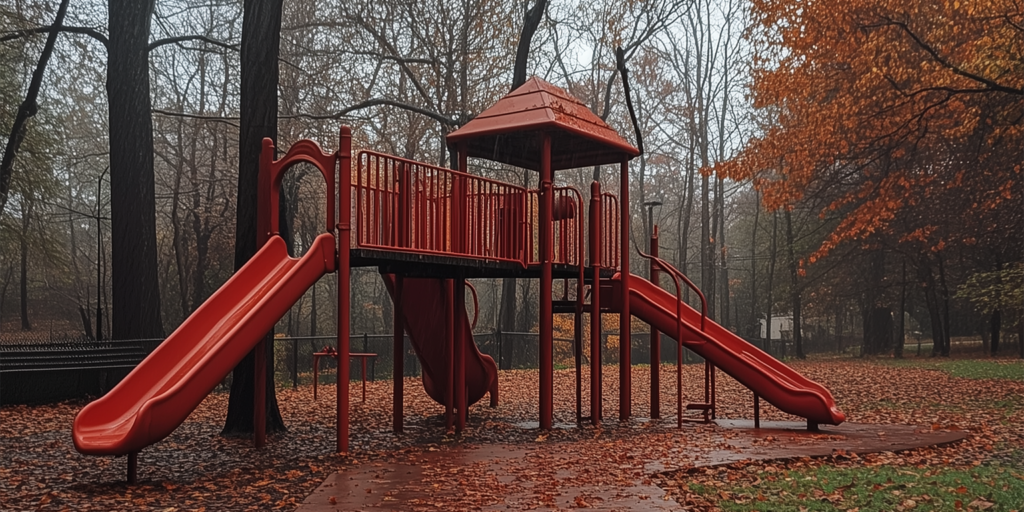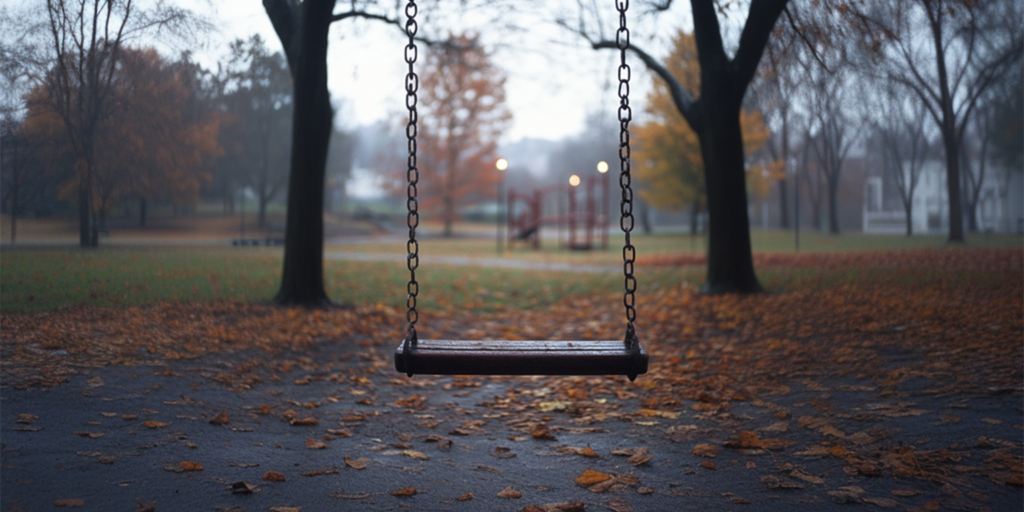Three strangers brought up IVF in conversations with me.
Some conversations are planned. Others—the ones that truly confirm you’re doing the right thing—happen when you least expect them.
In the past few months, three complete strangers have approached me, unprompted, to talk about IVF. Not in a clinical setting, not at a film event, but in everyday life—at a doctor’s office, a park, and an Uber ride.
Three different places. Three different people. One clear message: This conversation is urgent. This series is timely. And people need to talk about IVF.
The Waiting Room
I was running late. Between back-to-back errands, unexpected delays, and a schedule packed down to the minute, I rushed into the doctor’s office with my daughter, breathless. The waiting room, thankfully, forced me to pause—something I rarely allow myself.

As I caught my breath, a kind-looking middle-aged woman struck up a conversation. The usual small talk: How old is she? Is she your first? Is she sleeping through the night?
I laughed and answered honestly: No, she is definitely not sleeping through the night.
She smiled and shared that her friend had just had twins. I sighed, relieved. At least I don’t have twins, I joked to myself. There’s no way I could handle two of her at this age.
Then she added something unexpected:
“My friend’s twins were conceived through IVF.“
– Woman at the Doctor’s Office
She mentioned how common multiples are with IVF, and before I even thought about it, my research brain jumped in: Yes! Twins are about seven times more likely through IVF.
She was surprised. What an oddly specific thing for a stranger to know.
I explained that I was producing a documentary series about IVF and shared some of the key topics Cradled in Glass explores. She listened intently. She had never heard of some of the ways in which human embryos are being studied or how many are in cryostorage. She told me she wasn’t sure how she felt about IVF—she didn’t know enough to have an opinion.
That’s exactly why these conversations matter.
The Park
It was a normal day at the park. My older child was darting across the playground, climbing too fast, jumping from too high. I was focused on making sure he didn’t launch himself off the monkey bars when another mom called out to me from the swings.
“Your kids are so cute. I wish I could have a friend for mine, but it was so hard to have him.”

I turned, listening.
She went on, unexpectedly sharing her journey.
Her son was conceived through IVF—after four failed attempts with no embryos. They had to travel across the country for a specialized procedure that only a few clinics in the world offer.
Then she paused, suddenly self-conscious. “Sorry, TMI, right?”
I shook my head, stunned at the coincidence. This was the second time in a short period that a total stranger had opened up to me about IVF.
I reassured her: “Actually, I’m probably the best person for you to be telling this.”
I shared Cradled in Glass with her—the stories we’re telling, the people we’re interviewing, the conversations we’re hoping to start. She couldn’t believe it. She wanted to know how to follow the project, how to support it.
People want to have this discussion.

The Uber Ride
I took an Uber to the airport on the way to Iowa for our first shoot. For the first 20 minutes of the car ride, the driver talked intently and emotionally on the phone. She had some family trouble she was working out. I tried not to eavesdrop, believe me, but it was impossible. The human brain can’t just not comprehend English when it’s being yelled two feet from your ears in a soundproof sedan.
After she hung up, she apologized. She was going through a tough time, she said. Then, in what felt like a natural turn in the conversation, she told me that years ago, she and her husband had wanted children, but the cost of IVF was out of reach for them.

By this time, I was primed for unplanned conversations about IVF. I told her that a study in California found that, on average, the cost of a single live birth from IVF was $61,000, reflecting how many cycles women typically go through.
She was fascinated.
For the rest of the ride, we talked about what I was filming on this first shoot, the stories I was capturing, and why this discussion is so important. By the time I stepped out of the car, she had joined the growing number of people eager to follow the project.

Why These Conversations Matter
None of these people knew I was making a documentary. None of them had any reason to bring up IVF with a stranger. And yet, all three of them did.
That’s the power of this discussion—it’s already happening. People are curious. People want to understand. They just need the right place, the right moment, and the right resources to dive deeper.
That’s why we’re making Cradled in Glass.
If you believe in what we’re doing, we’d love for you to be part of it. Donations help us continue filming, producing, and sharing these crucial conversations. And if you know someone who should be part of this discussion, share this post with them.
The conversation is happening. Let’s make sure it reaches the people who need it most.
Sincerely,
The Producer of Cradled in Glass
